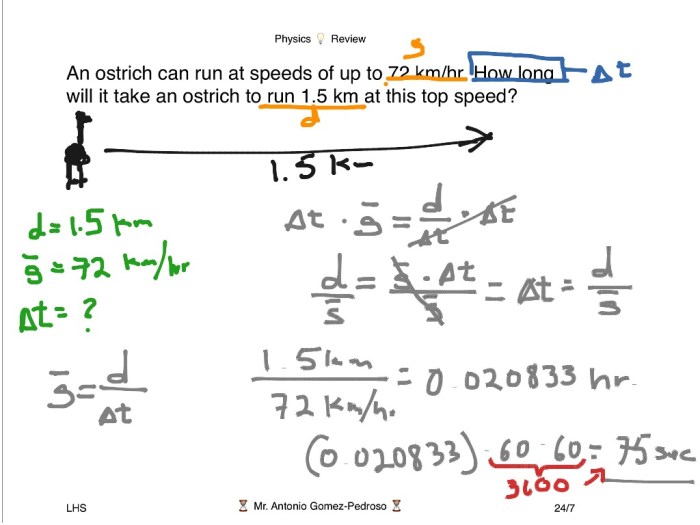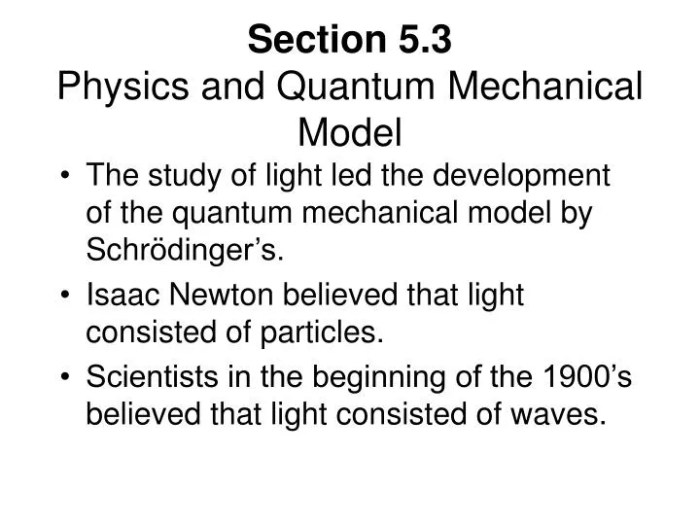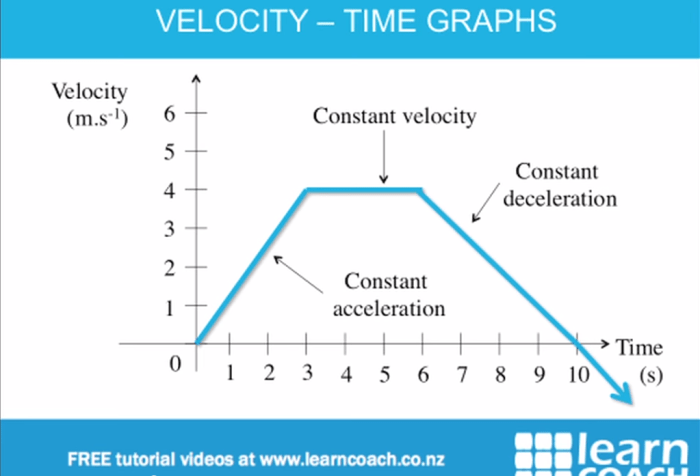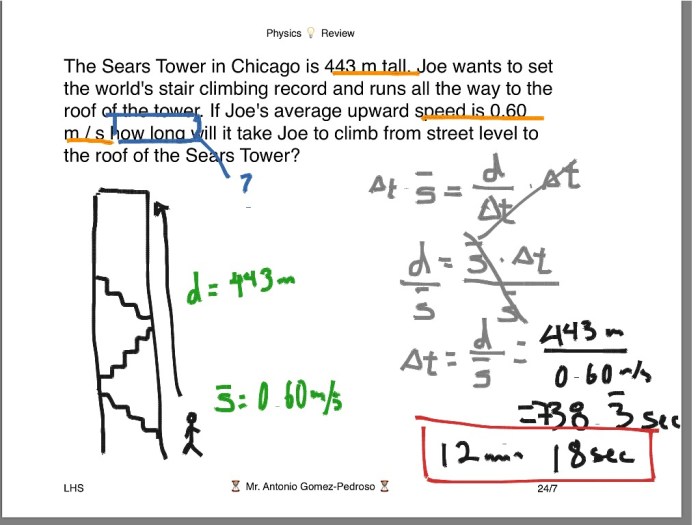Holt physics graph skills displacement and velocity answers – Embark on an enlightening journey into the realm of Holt Physics, where we delve into the intricacies of displacement and velocity graphs, unlocking their power to unravel the secrets of motion. These graphical representations hold the key to understanding the dynamics of objects, providing invaluable insights into their movement and behavior.
Through this comprehensive exploration, we will unravel the concepts of displacement and velocity, deciphering their graphical representations and mastering the techniques for calculating these fundamental quantities. Furthermore, we will uncover the practical applications of displacement vs. velocity graphs, showcasing their indispensable role in analyzing motion across diverse scientific disciplines.
Displacement vs. Velocity Graph: Holt Physics Graph Skills Displacement And Velocity Answers

A displacement vs. velocity graph is a graphical representation of the relationship between the displacement and velocity of an object over time. Displacement is the change in position of an object, while velocity is the rate of change of displacement.
How Displacement and Velocity Are Represented on a Graph, Holt physics graph skills displacement and velocity answers
On a displacement vs. velocity graph, the x-axis represents time, and the y-axis represents velocity. The slope of the graph represents the acceleration of the object.
Examples of Displacement vs. Velocity Graphs for Different Types of Motion
- Uniform motion:A straight line with a constant slope.
- Accelerated motion:A straight line with a non-constant slope.
- Periodic motion:A repeating pattern of curves.
Calculating Displacement and Velocity from a Graph
Calculating Displacement
To calculate the displacement of an object from a displacement vs. velocity graph, find the area under the curve between two points on the graph. The area under the curve represents the total displacement of the object over that time interval.
Calculating Velocity
To calculate the velocity of an object from a displacement vs. velocity graph, find the slope of the line between two points on the graph. The slope of the line represents the average velocity of the object over that time interval.
Step-by-Step Instructions for Calculating Displacement and Velocity
- Identify the two points on the graph that you want to calculate the displacement or velocity between.
- For displacement, find the area under the curve between the two points.
- For velocity, find the slope of the line between the two points.
Applications of Displacement vs. Velocity Graphs
Displacement vs. velocity graphs have a wide range of applications in the real world. They can be used to analyze the motion of objects in a variety of situations, such as:
- Automotive engineering:To design vehicles with optimal performance.
- Sports science:To analyze the performance of athletes.
- Medical imaging:To track the movement of organs and tissues.
Common Errors and Misconceptions
There are a number of common errors and misconceptions that can occur when working with displacement vs. velocity graphs. Some of the most common include:
- Confusing displacement with velocity:Displacement is a measure of the change in position, while velocity is a measure of the rate of change of position.
- Assuming that the slope of the graph is always constant:The slope of the graph only represents the average velocity of the object over a given time interval.
- Ignoring the units of measurement:It is important to be aware of the units of measurement that are being used when working with displacement vs. velocity graphs.
General Inquiries
What is the difference between displacement and velocity?
Displacement measures the change in an object’s position, while velocity describes the rate at which an object’s position changes over time.
How do I calculate displacement from a graph?
Displacement is calculated as the area under the velocity-time graph.
How do I calculate velocity from a graph?
Velocity is calculated as the slope of the displacement-time graph.


